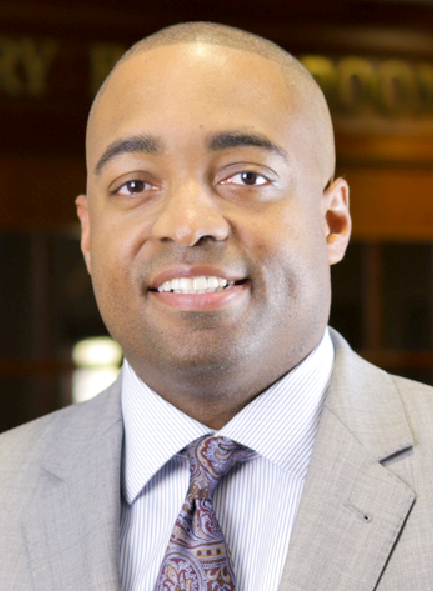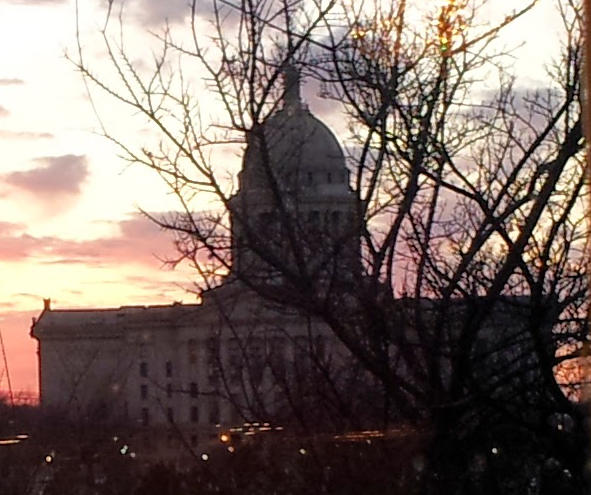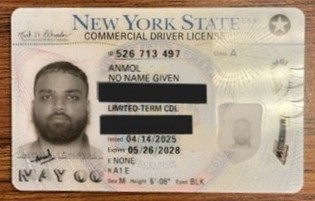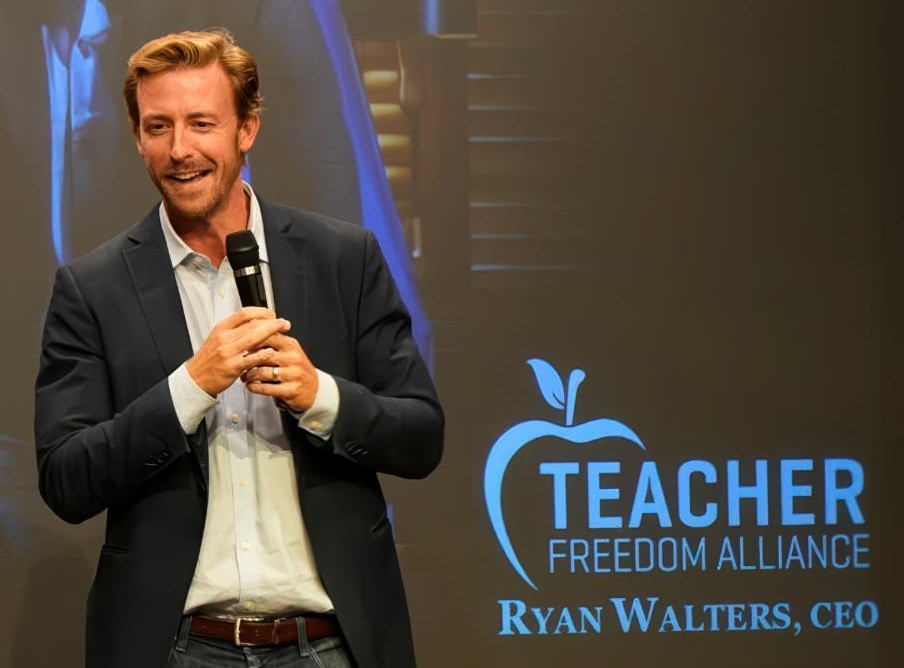Pictured: Johnathan Small
SQ 836 Would Import California's Voting System
Oklahoma’s current election system allows Republican voters to pick Republican nominees in party primaries while Democratic voters do the same. The two parties’ candidates then face off in the November general election along with any independent candidates who file.
But a group calling itself Oklahoma United wants to eliminate that system through State Question 836 and instead require that all candidates – Democrats, Republicans, and independents – be placed on a single primary ballot with all voters participating and the “top two” candidates advancing to the general.
In practice, SQ 836’s model can reduce voters’ November choices to two candidates from the same party. This has often been the case in California. Kamala Harris was elected to the U.S. Senate from California in a general election that pitted her against another Democrat.
Had the California model been used in Oklahoma in 2018, the governor’s race that November would have pitted Democrat Drew Edmondson against Democrat Connie Johnson. Because multiple strong candidates ran for governor as Republicans that year, they split the Republican vote enough that Edmondson and Johnson would have been the “top two” vote recipients despite most votes being cast for a Republican in the primary.
Under the SQ 836 system, incumbent U.S. Reps. Kevin Hern of Tulsa and Stephanie Bice of Oklahoma City would not be members of Congress. Both finished second in their primaries and became the Republican nominee in runoff elections.
It’s impossible to retroactively determine how election outcomes might have changed with different nominees, but if those two seats flipped to Democratic control because of the California system, it likely would have tipped control of Congress to Democrats this year.
Supporters of SQ 836 claim it will produce more “moderate” candidates. Do the elected politicians in California and Washington state seem moderate to you?
Supporters also claim SQ 836 empowers registered independent voters. Yet SQ 836 almost guarantees that no independent candidate will ever be placed on a general-election ballot again. Not one independent is serving in a statewide or legislative office in California or Washington.
Put simply, the California model makes governments far more left-leaning, regardless of the wishes of the voting majority.
The advocates trying to swindle Oklahomans into adopting this California voting model should be honest and admit it is an attempt to give far-left ideas, and those who advance them, a better chance to win in Oklahoma without strong majority support.
SQ 836 is a naked attempt to help far-left Democrats seize control of Congress. If this effort advances in Oklahoma, it will quickly proliferate to other red states.
IF YOU HATE THE POOR, RAISE THE MINIMUM WAGE
The gap between intentions and outcomes can be vast in politics, as the push to raise Oklahoma’s minimum wage demonstrates.
Proponents say they want to help struggling citizens at the bottom of the state’s economic ladder. But in practice, their wage-policy preference yanks that ladder out of the hands of those low-income workers, leaving them not only poor but also with far less opportunity for future advancement.
Why? Because the market still sets worker rates even when government planners pretend otherwise. If a minimum wage exceeds market value, it forces employers to simply reduce hiring, shift to automation, or move jobs to more business-friendly climates.
If you doubt it, look at California.
In 2023, California increased the minimum wage for fast-food workers to $20 an hour. A recent study published by the National Bureau of Economic Research found that pay hike translated into 18,000 fewer fast-food jobs in that state.
The reality is that minimum wage jobs are largely entry-level, low-skill positions for people just entering the workforce, typically those fresh from high school. As those workers gain experience and skills, they earn more and advance to other jobs.
An ill-advised proposal in Oklahoma would tie the wages paid in Gotebo, Oklahoma, to the cost of living in places like San Francisco and New York City.
Take away those entry-level jobs, as happens when the minimum wage is raised above market levels, and those individuals stay low-income for much longer and have less valid reason to hope for a better economic future.
Oklahoma’s official minimum wage is $7.25 an hour, but the real minimum wage is already much higher because employers must compete for labor. Scan job postings for many entry-level positions, and you will quickly find that wages of around $12 or $13 an hour are common in Oklahoma. So if you “raised” the official minimum in Oklahoma to $11 an hour, it would have little real-world impact since most jobs already exceed that level. But raise it to $20 an hour, and you would see a reduction in jobs as occurred even in California.
A proposal in Oklahoma would make things even worse by mandating automatic increases in our state's minimum wage based on changes in the U.S. Department of Labor’s Consumer Price Index for Urban Wage Earners and Clerical Workers. Basically, the wages paid in Gotebo, Oklahoma, would be tied to the cost of living in places like San Francisco and New York City. If that proposal had passed in 2015, Oklahoma’s minimum wage would be $19.04 an hour today, one of the highest rates in the nation. If a $20 wage killed jobs in California, it would slaughter them in lower-cost rural Oklahoma.
The way to help the poor is to increase job opportunities and competition for workers. The minimum wage does the opposite.










Latest Commentary
Thursday 30th of October 2025
Thursday 30th of October 2025
Thursday 30th of October 2025
Thursday 30th of October 2025
Thursday 30th of October 2025
Thursday 30th of October 2025
Thursday 30th of October 2025
Thursday 30th of October 2025
Thursday 30th of October 2025